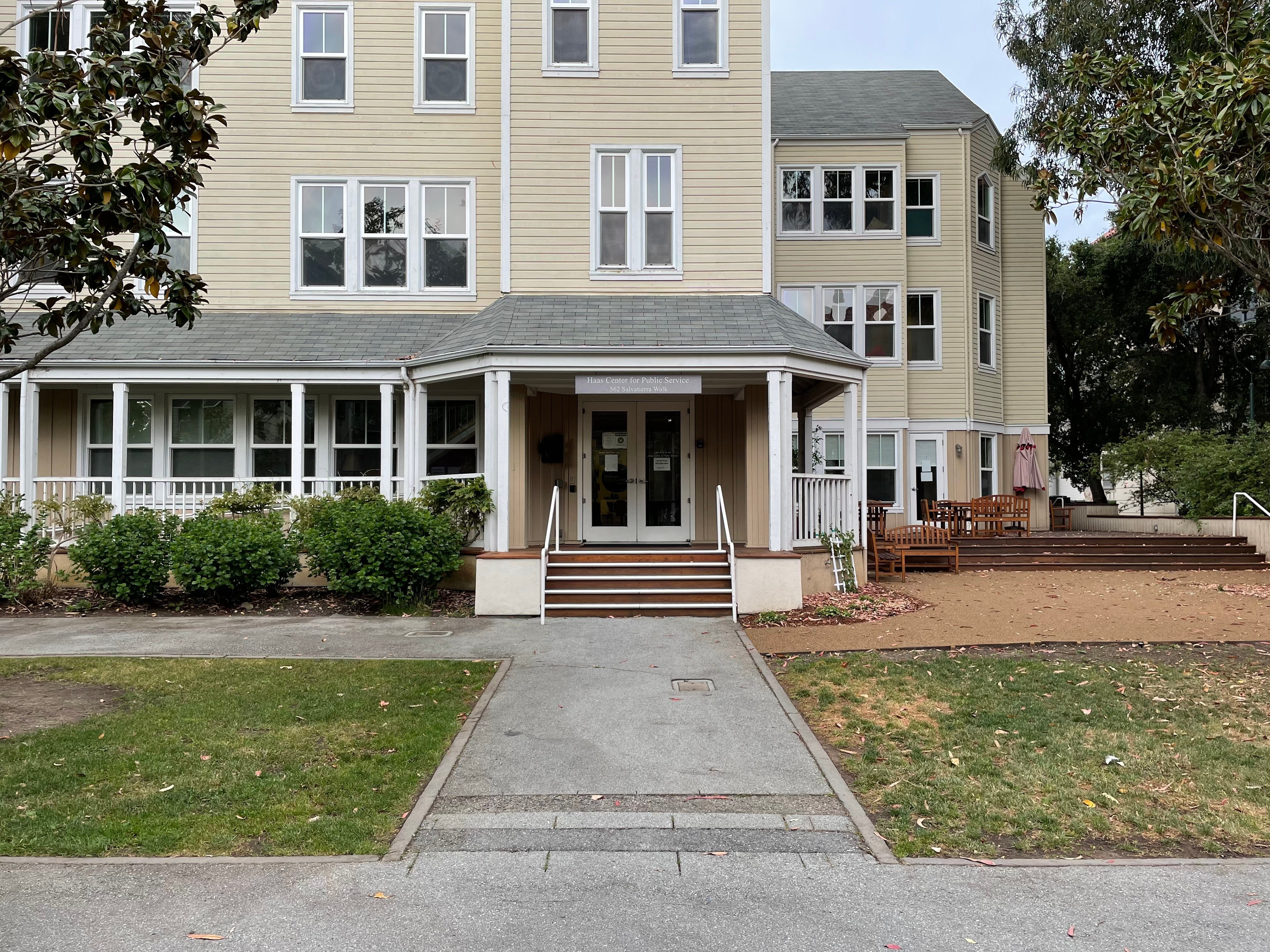For many students, when the start of winter quarter comes, unit-heavy course loads, pink noses and reflections on how fall quarter was spent come along with it.
Pressure to be simultaneously involved in many commitments can manifest in heavily academic conversations, extracurricular activities lined up on queue and experiences of being overwhelmed.
Whether it be racking up commitments to prepare for graduate school applications or to combat imposter syndrome, some students say they find themselves sacrificing social life to focus on academics and extracurricular activities.
“I think, a lot of times, the two aren’t always achieved by the general student population,” Ava Acevedo ’26 said. “The way that people fit in social time is through things like study groups, clubs or grabbing a meal with somebody because that’s the most time-efficient way, which is kind of unfortunate.”
Though Acevedo recognized that there are some students who support their social life through off-campus, non-academic activities, she felt that “lots of people are time-constrained here.”
Perhaps that lack of time may be attributed to the “chase” to constantly get more involved, as Dylan Vergara ’26 tokens it. When students compare themselves to their peers, some begin to feel that their own achievements and commitments are less significant.
“Since you’re in an atmosphere with so many high-achieving individuals [who] want to do more, [students] believe themselves to be ‘average,’ [which] enforces that syndrome of students not believing they’re doing so much — it becomes that chase up the meritocratic ladder,” Vergara said.
Amidst the culture to do more all the time, here are some ways students say they are able to add balance in their lives.
Explore different clubs
It might seem counterintuitive to combat the pressure to be widely involved by getting more involved, but some students say that they have found strong community and social connection in campus clubs. Not only are they plentiful, but student organizations are also wide-ranging in interest, ranging from magic-themed clubs to rocket-building.
Though many choose to be involved in clubs that align with their academic pursuits or career aspirations, exploring clubs could mean joining identity-based organizations. For Grace Zhao ’27, one of those communities is Christian Union, a Christian fellowship on campus.
“I kind of rely on my fellowships a lot when we have Bible study or when we meet for church rides or worship — that’s a place where I feel comfortable connecting with peers who I haven’t talked to before,” Zhao said.
Be cognizant of personal values, goals and paths
Through the peers they meet through on-campus clubs, students may find classmates who share similar values, irrespective of academic interest.
“Everything can feel really overwhelming, so I think it does help, through conversations, to start recognizing people [who] you share values with, and I think that those [people] can be valuable mentors,” Acevedo told The Daily. “I definitely found some people and some friends [who] I felt shared similar values and [who I] could talk [with] about things that weren’t [about] school very openly and regularly.”
While students reflect on their own values, some also develop different goals for their college experience. To many, college is considered a period of exploration rather than a time to achieve concrete goals.
Engage with campus resources
Because there are so many resources available on campus, it can be difficult to navigate them all, but students interviewed by The Daily pointed to a few recommendations: the Haas Center for Public Service, The Bridge Peer Counseling Center and CAPS (Counseling and Psychological Services).
For students looking to pursue public service, the Haas Center and its peer advisors help students manage the large swath of resources on campus, connecting students with information on careers, courses and internships in public service. Along with helping students navigate the resources on campus, Vergara mentions that the center is always stocked with coffee machines, snacks and a welcoming group of people.
The Bridge and CAPS are recognized on campus for their mental health services. For anonymous calls with a peer, The Bridge is available 24/7 to all students looking to consult their problems, discuss their feelings or to simply talk to peer counselors. Though CAPS is run by the University and is not primarily anonymous, it does host 24/7 services as well. Additionally, the virtual service TimelyCare provides 12 free counseling sessions per academic year.
Recognize the collective experience
As students race between various commitments, many may find solace in recognizing that the struggle to be so high-achieving on campus is a common one. Though it may be intimidating to see so many other students perform perfectly with countless commitments, that path most definitely isn’t a linear one and certainly isn’t an uncommon one.
In fact, feeling as if you’re the only student struggling in a pool of others who seem to be effortlessly managing college life is a shared experience on campus, tokened as “duck syndrome” by Stanford students. Though the phenomenon is widely understood on campus, it’s often difficult for students to recognize that their classmates often feel the same way.
But in recognizing that shared experience of struggling in a rigorous extracurricular culture, students may find relief in the idea of a collective struggle and, more importantly, a collective growth that brings students closer together.
